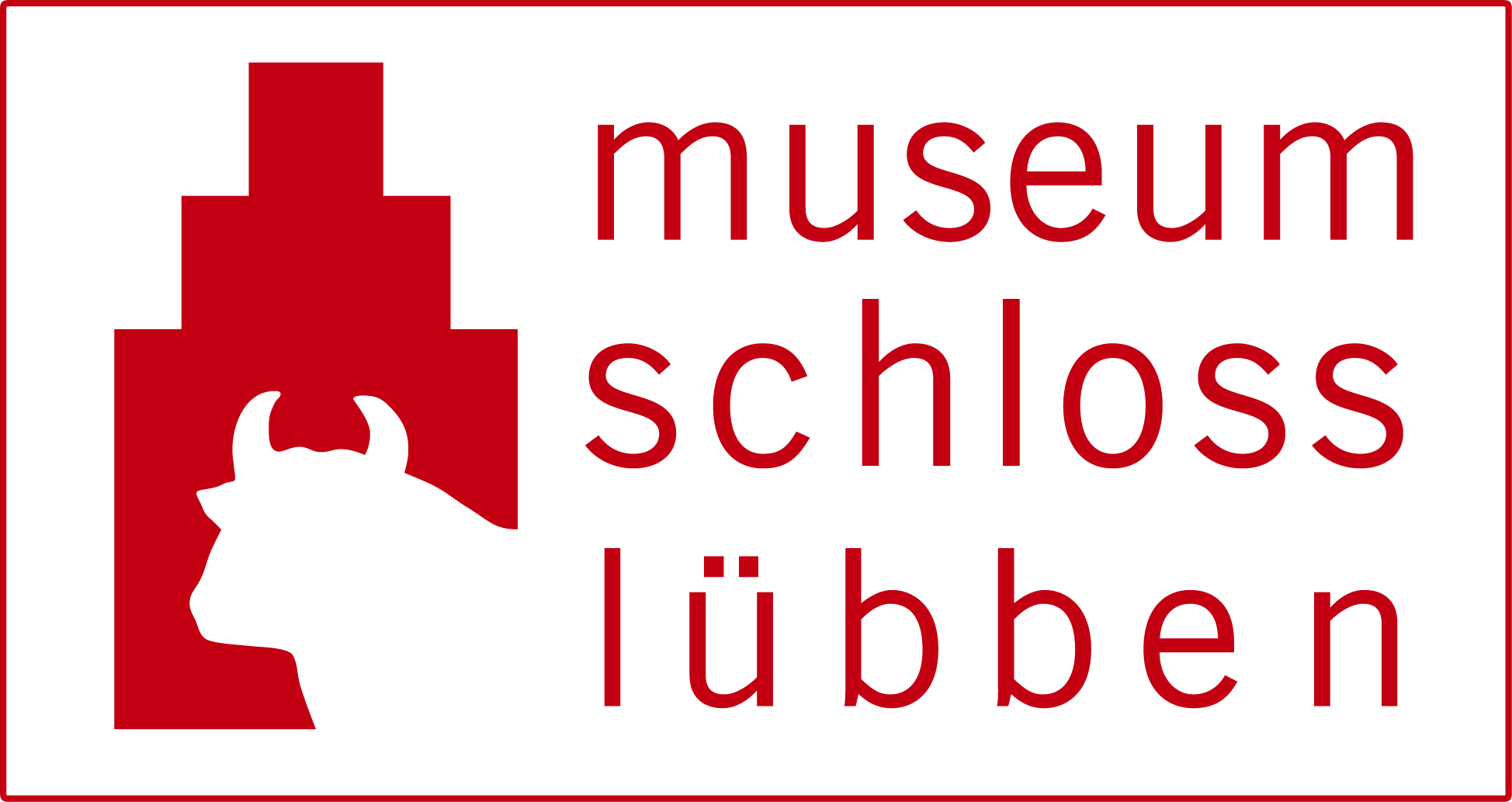The German Democratic Republic is founded on 7 October 1949. Due to the newly defined state borders, Lübben and the Spreewald are now closer to the People’s Republic of Poland than to the capital Berlin. The first years after the war and of the GDR are marked by the reconstruction of the town, which was destroyed to a large extent, and by the post-war turmoil. As from 1952, Lübben is the county town of the County of Lübben within the District of Cottbus. As in previous political systems, Lübben is the location for the production of apparel fabrics, tinned food and cardboard, and later also ammunition.
On 17 June 1953, an uprising and work stoppages take place in Lübben, too. In the afternoon, a protest march goes to the district court, the jersey factory and the marketplace, and from there to the police station. The Soviet army has to protect the building of the poorly equipped People’s Police.
Arrests are made, but although warning shots are fired, there are no casualties. In the following years, many people integrate themselves into the system, dissidents have a hard time and critical voices become louder and louder.
In the summer of 1989, an ecumenical working group is founded in Lübben, soon after the New Forum. Giving in to the pressure of many citizens, the SED district committee invites the people to discussions about an ‘attractive socialism’, but the initiative is overtaken by events: In Lübben, the annexation of the GDR to the FRG is celebrated on 2 October 1990 in the Coat-of-Arms Hall.
